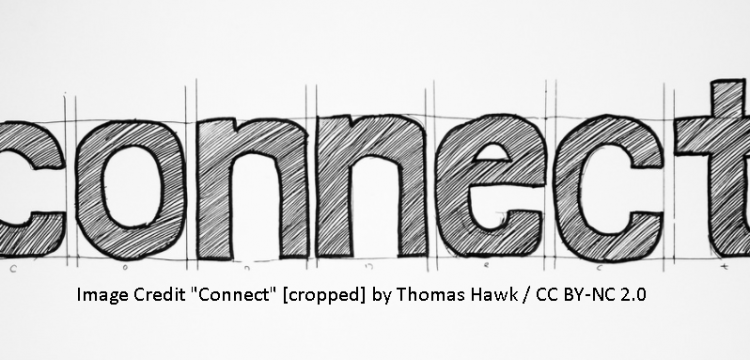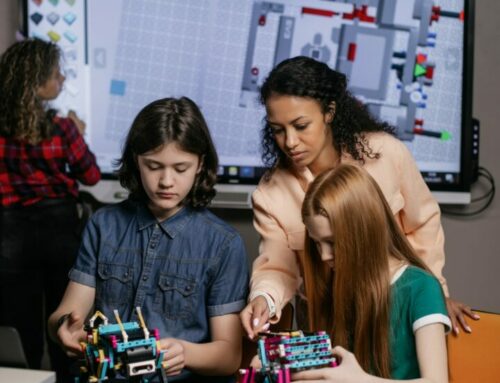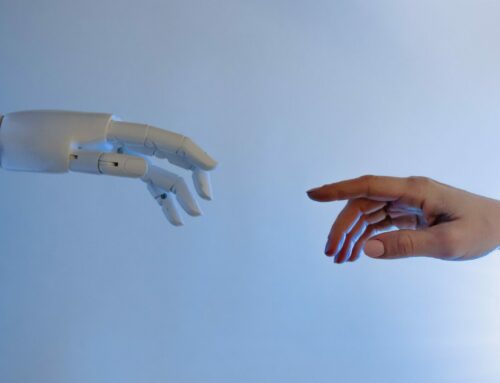Higher education for a hyper-connected world
Patrick Blessinger
St. John’s University (NYC) and HETL Association
In many respects the world has become a global knowledge society of interconnected and interdependent human activity that shares increasingly common ways to communicate and interact politically, economically and socially. Yet, at the same time, the world continues to be highly diverse in these areas as well as linguistically and culturally.
The world has become more homogeneous at the global level, but still remains highly heterogeneous at the local level.
An emerging hyper-connected world
The emerging global knowledge society, facilitated mainly by international trade and travel and ubiquitous global communications such as internet and wireless based technologies, is a space of hyper-connected human activity in which people increasingly interact with each other on a regular basis, irrespective of physical space and time boundaries.
It is a hyper-connected network where everything is quickly becoming connected to everything else.
Thus, an important question emerges from this context: How should higher education respond to this brave new world in terms of better preparing students to live more effectively within it?
Globalisation has been occurring, to varying degrees, since humans first migrated out of Africa thousands of years ago. However, modern globalisation goes back just a few hundred years with the advent of modern international trade (for instance, the Silk Road), the discovery of the New World (that is, the Western hemisphere), and the development of modern international and intercontinental transportation systems such as railroads, ships and aircraft.
The Digital Revolution in the mid to late 20th century further compressed time and space boundaries in ways never before imagined. Thus, globalisation is the process of a continually shrinking world.
Convergence cycles
Increasing interconnections often lead to more systems integration, which often leads to a growing interdependence between the major components of the system which, in turn, often leads to a convergence around some shared or preferred model for how the system should work.
This convergence cycle may help explain why globalisation is characterised by hyper-connectivity and why global organisations emerge from this type of environment.
In like manner, the growing interdependence of nations through international networks has created a brave new global knowledge society where more and more human activity is intertwined through associated (symbiotic) relationships.
These relationships create the need for organisations like the United Nations and the World Trade Organization to develop universal declarations or protocols in those areas that most affect human relations, such as human rights, trade and the like.
Towards a global knowledge society
Also, higher education has become the de facto vehicle for providing formal learning opportunities to people at every stage of their lives. In light of their role in a highly globalised world, many universities are now building global universities.
Global universities are some of the most internationally connected organisations on the planet. They help to facilitate the global flow of knowledge, students and faculty and they are now one of the chief catalysts in increasing the global spread of new innovations and scientific discoveries.
Most universities now operate at multiple levels (global, regional, national and local) and they must figure out how to do this in the most integrated way possible. They must learn how to compete and collaborate at the same time. As such, global higher education institutions are being transformed from tertiary education institutions into lifelong learning institutions and the global knowledge economy is being transformed into a global knowledge society.
Universal lifelong and life-wide education helps to develop human capacity by instilling in each person greater amounts of knowledge, skills and agency to create more meaningful lives for themselves and to better adapt to a world that is increasingly characterised by risk, uncertainty and fluidity. All else being equal, universal lifelong and life-wide education puts the human race in a better position to more effectively address the world’s most difficult problems.
Towards greater equality
Although reforms have theoretically opened up higher education to every segment of society, all segments have not benefited equally or equitably. For instance, participation rates tend to be lowest for indigenous groups and those in the lowest socio-economic segments of society.
Thus, creating a higher education system that benefits all in an equitable manner requires society to also redress systemic inequalities that are deeply rooted in long-standing patterns of discrimination and exploitation.
In the US higher education system, for instance, to address these issues a comprehensive system of community and technical colleges has been created to make higher education more accessible to anyone in society. To extend this accessibility even further, there are now proposals in the United States, for instance, to make community college free and open to anyone.
Thus, the democratic social contract continues to be restructured in fundamental ways in order to provide everyone with the same basic benefits of living in a democratic society.
Quality assurance
Because higher education, in one form or another, is now open to virtually anyone who wishes to participate in it, it has naturally put pressure on colleges and universities to maintain high quality standards. As a result, quality assurance in higher education has become one of the top issues and concerns.
For instance, some colleges and universities have implemented remedial programmes in reading, writing and mathematics for those students whose knowledge and skills in these core areas may not be sufficient for college level work. Also, UNESCO and the World Bank have collaborated to create the Global Initiative for Quality Assurance Capacity – an educational quality assurance framework that cultivates a culture of quality in higher education.
In addition, colleges and universities find themselves in a situation where they must prepare students with knowledge and skills for jobs that may not yet exist. But how does an institution do this in a world that has become increasingly hyper-specialised?
They must produce students who are both generalists and specialists at the same time (for instance, through creative learning). This requires equipping students with both broad and specialised knowledge bases and a range of competencies that are better suited to an increasingly complex and hyper-connected world.
Patrick Blessinger is the founder and executive director of the International Higher Education Teaching and Learning Association and an adjunct associate professor of education at St John’s University in New York City, USA. He is co-editor with John P Anchan of Democratizing Higher Education: International comparative perspectives.
Note: this article also appears in the University World News blog at http://www.universityworldnews.com/article.php?story=20151125184744448
Suggested Citation:
Blessinger, P. (2015). Higher education for hyper-connected world. Higher Education Tomorrow, Volume 3, Article 1, https://www.patrickblessinger.com/higher-education-for-a-hyper-connected-world
Or
Blessinger, P. (2015). Higher education for hyper-connected world. University World News, http://www.universityworldnews.com/article.php?story=20151125184744448
Copyright © [2015] Patrick Blessinger
Disclaimer
Opinions expressed in this article are those of the author, and as such do not necessarily represent the position(s) of other professionals or any institution.




